order

Coleoptera
“Adult Beetles”

Coleoptera
“Larval Beetles”

Diptera
“True Flies”

Ephemeroptera
“Mayflies”

Hemiptera
“True Bugs”

Lepidoptera
“Aquatic Caterpillars, Snout Moths”

Megaloptera
“Alderflies, Dobsonflies, and Fishflies”

Odonata
“Dragonflies and Damselflies”

Plecoptera
“Stoneflies”

Trichoptera
“Caddisflies”
family
Ephemeridae
“Burrowing Mayflies”
Genus Overview
6 species in North America (1 recently believed to be extinct). Species within the genus are found in various habitats. One species is found in large rivers and even some lakes and ponds and another species prefers cool, shallow streams. The genus is fairly easy to identify.
Characteristics
POLLUTION TOLERANCE
Southeast: 1.1 and higher
Upper Midwest: 1 and higher
Midwest: 3.1 and higher
0 = least tolerant, 10 = most tolerant
FEEDING HABITS
Collector / Filterer
Collector / Gatherer
Engulfer / Predator
Collector / Gatherer
Engulfer / Predator
MOVEMENT
Burrower
DISTRIBUTION
Widespread (east of the Rocky Mtns.)
HABITAT
Lentic-littoral
Lotic-depositional
Lotic-depositional
Diagnostic Characters
Order
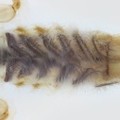
Abdominal Gills
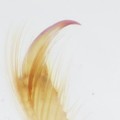
Single Tarsal Claw
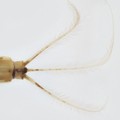
Usually 3 Tails
Family
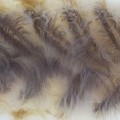
Fluffy Abdominal Gills
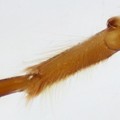
Fossorial Foretibiae
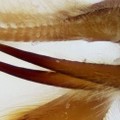
Large Tusks

Pointed Hind Tibiae
+ Expanded Character List
Order:
Wings developing in wing pads. Mouthparts suitable for chewing. Gills present on tops and sides of abdomen. Segmented legs present. One tarsal claw per leg. Usually with 3 tails (sometimes 2).
Family:
Large tusks project forward anteriorly from the face and are visible dorsally, when viewed laterally they curve upward. Foretibiae are fossorial (modified for burrowing: expanded or with tubercles). Ventral apex of each hind tibia acutely pointed. Abdominal gills on segments 2–7 are conspicuous dorsally, forked and elongate-lancolate, with fringed margins, giving the animal a fluffy appearance.
Genus:
Large feathery gills, large tusks, bifid (forked) frontal process on the head,
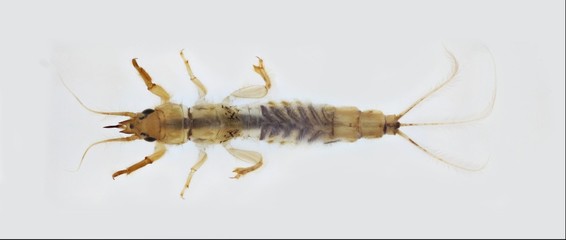
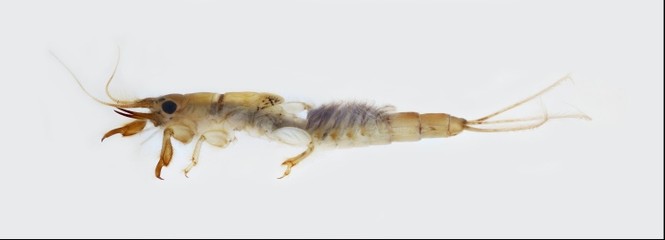
Dorsal
Lateral



